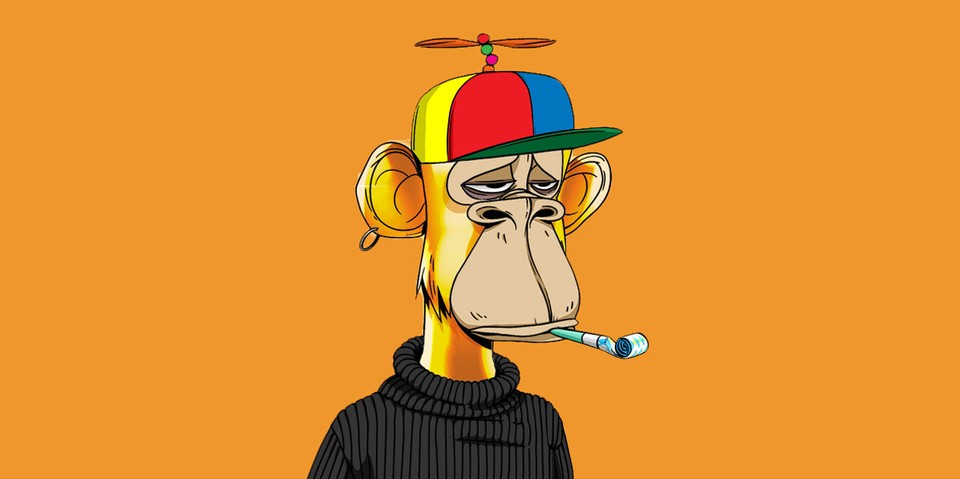The inventor of the Non-Fungible Token (NFT) protocol, Dieter Shirley, has recently revealed that he is working on a new project that will allow Bitcoin to work with JPEGs of monkeys. The project, known as “Bitcoin Monkey” or “Bmonkey” for short, aims to bridge the gap between Bitcoin and the world of NFTs. How Bitcoin will work with monkey JPEGs, according to the inventor of the NFT Protocol, we will tell you over here!
NFTs are digital assets that use blockchain technology to verify ownership and authenticity. They have become increasingly popular in recent years, with many high-profile sales of NFTs, including artwork, music, and sports memorabilia, making headlines around the world.
However, while NFTs have proven to be a valuable asset in their own right, there has been limited integration between NFTs and Bitcoin, the world’s largest cryptocurrency. This is where Bmonkey comes in.
What Bmonkey will do?
According to Shirley, Bmonkey will allow users to create NFTs using JPEGs of monkeys, popularly known as Crypto Ape, which can then be traded on the Bitcoin network. The project will be built on the Lightning Network, a second-layer solution for Bitcoin that allows for faster and cheaper transactions.
The idea behind Bmonkey is to make it easier for people to create and trade NFTs without going through the often-complex process of using Ethereum. This blockchain platform is currently the most popular for NFTs.
Shirley has stated that he sees Bmonkey as a way to bring NFTs to the masses, and to make them more accessible to people who may not have the technical know-how to navigate the complex world of blockchain technology.
The project has already generated significant interest within the crypto community, with many people excited about the potential for Bitcoin to become a major player in the world of NFTs.
However, some experts have expressed skepticism about the project, noting that several platforms already allow for the creation and trading of NFTs on Ethereum, and that it may be difficult for Bmonkey to compete with these established players.
The optimistic concerns over bmonkey:
Despite these concerns, Shirley remains optimistic about the project, and is currently working to develop the necessary technology to make Bmonkey a reality.
Overall, the launch of Bmonkey could represent a major step forward for the world of NFTs, and could help to bring these digital assets to a much wider audience. As the project develops, it will be interesting to see how it evolves and whether it can compete with the established NFT platforms on Ethereum.







